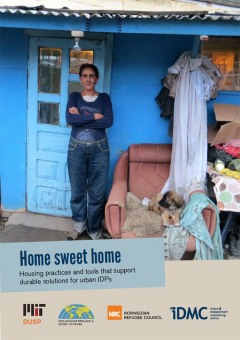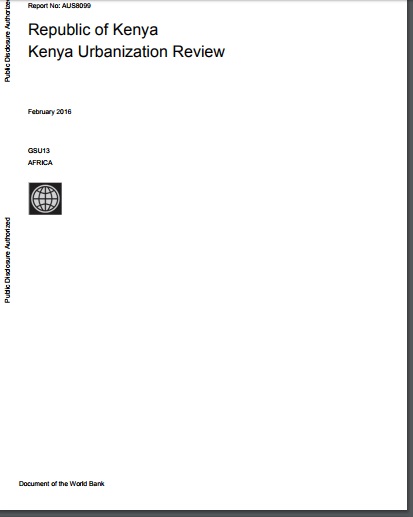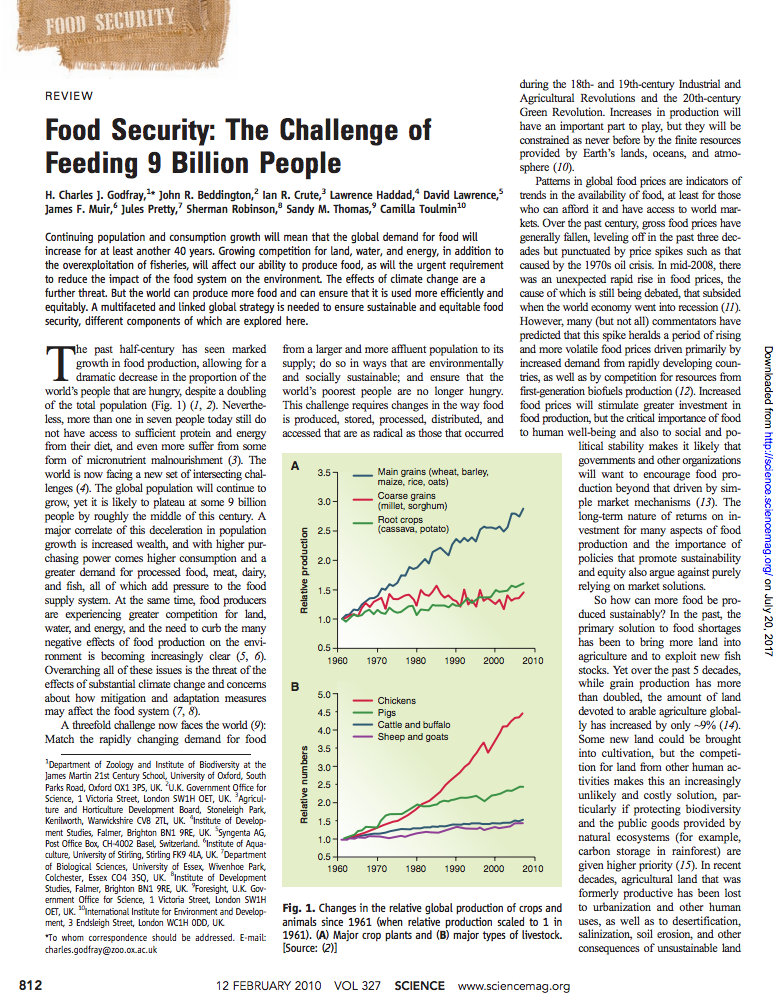The Linkages between Real Estate Tourism and Urban Sprawl in Majorca (Balearic Islands, Spain)
Financial capitalism has driven profound changes in urban land use patterns in Majorca, at the Balearic Islands (Spain). This archipelago is a major tourist destination located in the Mediterranean basin, with 4,492 km2 of surface area, 1,113,114 inhabitants and 12,316,399 tourists (2011), of whom 29.9% came from Germany, 24% from the UK and 19% from the rest of Spain. Neoliberal state regulation has favored the elite’s financial interests in the real estate sector through transport megaproject investment and lifting regional planning restrictions which prevented urban growth.










